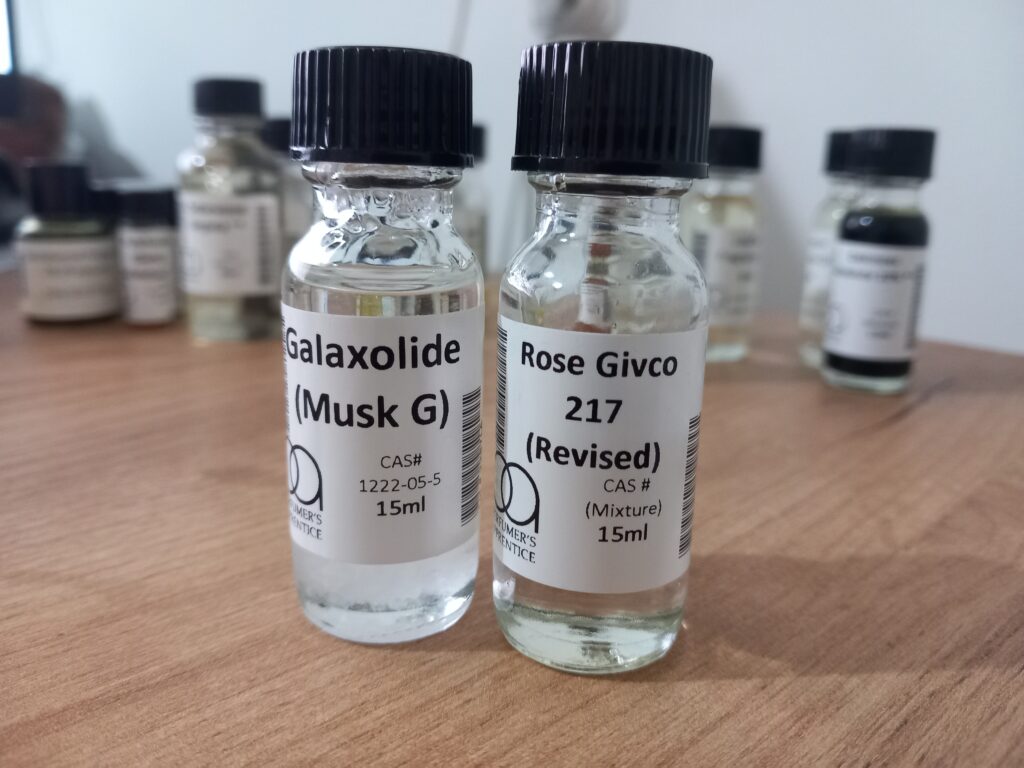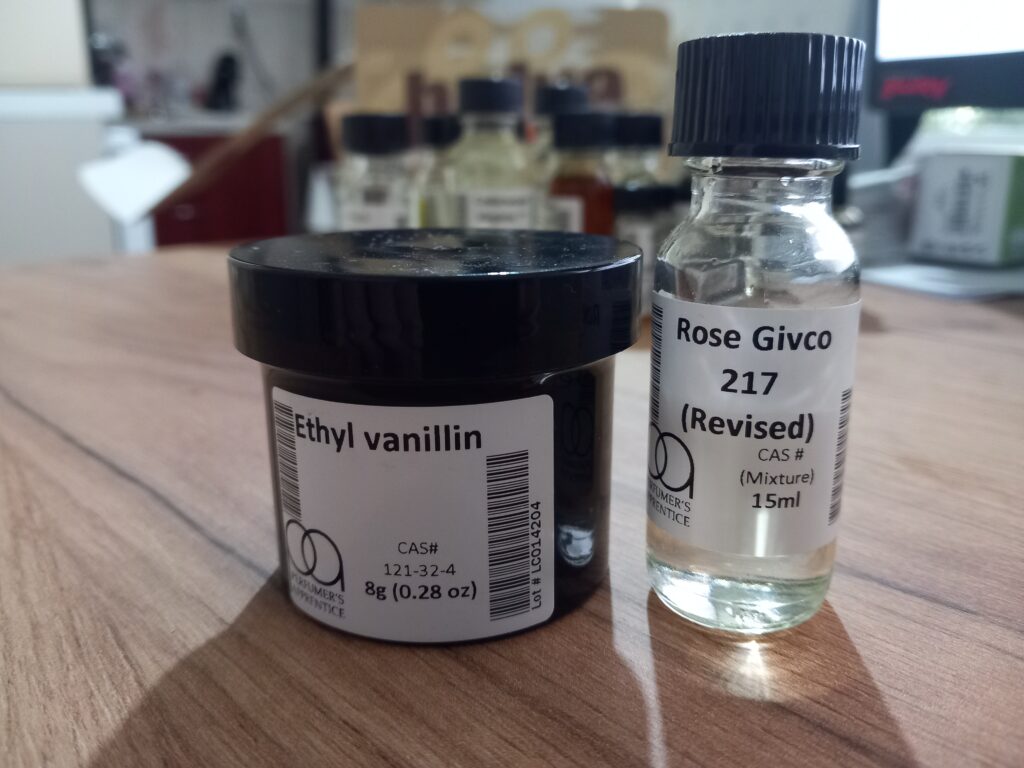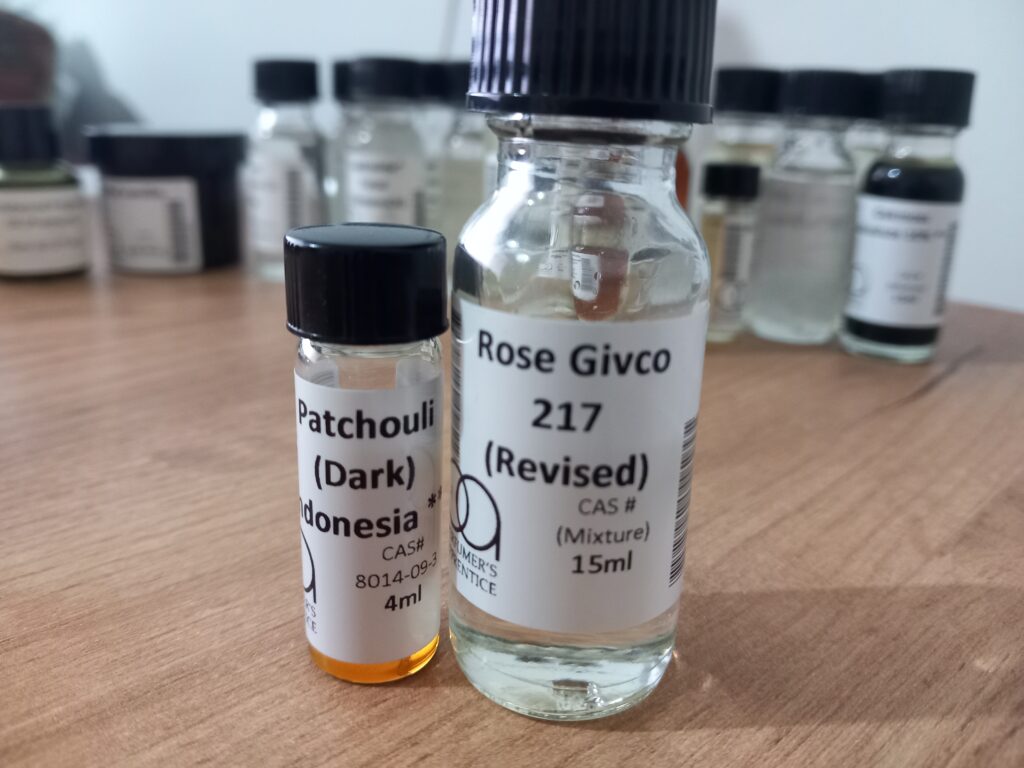Physical Address
304 North Cardinal St.
Dorchester Center, MA 02124
Physical Address
304 North Cardinal St.
Dorchester Center, MA 02124

Rose has long been the heart of perfumery — timeless, romantic, and unmistakably elegant. But while it shines on its own, rose becomes even more captivating when paired with the right companion scents. Whether you’re crafting a signature fragrance or simply curious about how to enhance the classic floral note, exploring its ideal pairings reveals an entire world of olfactory possibilities.
In this article, I’ll walk you through my personal experiments with blending rose with a variety of scent families — from deep, earthy tones to sweet, creamy notes. Some combinations surprised me with their complexity, others evolved beautifully over time, and a few didn’t quite hit the mark. Here’s what I discovered about what truly goes well with rose — and what doesn’t.
A. Best Matches

Surprisingly, this pairing took the crown after a few hours of settling. Initially underwhelming, the blend evolved into something stunning — smooth, warm, and deeply sophisticated. The rose starts out dominant, but as the blend mellows, the sandalwood reveals itself in gentle, creamy waves that perfectly balance the floral sharpness. With time, this combination transforms into a graceful, almost meditative scent. A slow-burner with an elegant finish.

Still a star. Both 1:1 and 2:1 ratios work beautifully, though the latter adds a seductive richness that’s hard to beat. The rose lends brightness while the tobacco brings a honeyed, smoky depth. It’s a perfect yin-yang blend — sensual, polished, and unforgettable. This combo proves that tobacco can play nice when it finds the right partner.

After hours of wear, this blend comes into its own. At a 3:1 ratio, the rose remains the clear star, but the musk is what gives the fragrance its soul. It smooths out the sharp floral edges and wraps everything in a soft, skin-like aura. Subtle, elegant, and quietly alluring — this pairing is all about balance and longevity.

This mix delivers a creamy, cozy experience that becomes even more comforting as it dries down. The vanilla rounds out the rose’s sharper notes, creating a soft, dreamy scent that lingers beautifully. It’s romantic and versatile — a blend that feels both nostalgic and modern, and a great base for more complex layering.
B. Surprising or Unique Combos That Work

Initially charming, this combination remains strong but gets edged out by the more complex dry-downs above. The rose takes the lead, with leather adding a rugged, slightly smoky counterpoint. It’s still a beautiful blend — sophisticated and a little rebellious — but it doesn’t evolve as dramatically as the others over time.

Spicy and warm, this blend feels like a cozy embrace. The cinnamon complements the rose nicely, creating a pleasant and inviting fragrance. While it doesn’t have the same depth or evolution as the higher-ranked combinations, it still delivers a cheerful, seasonal vibe that’s easy to love.
C. Combos That Don’t Work (In My Opinion)

This blend leans heavily into moody, gothic territory. At a 1:1 ratio, the scent can feel a bit too dark and unbalanced — almost swampy. But once diluted with more rose (2:1), it begins to reveal its potential. The softened rose tempers the earthy, forest-floor vibe of oakmoss, creating something intriguing and vintage-inspired. Still, it feels like it’s missing a musky thread to pull everything together — a puzzle waiting for its final piece.

Whether mixed equally or with more rose, this pairing doesn’t quite land. The pink peppercorn dominates with a sharp, almost synthetic spiciness that recalls the scent of cleaning agents. Instead of enhancing the rose, it muddies it — creating what can best be described as a “muddy rose” effect. Harsh and disjointed, this blend struggles to find harmony.

In the initial half-hour, this combination evokes a moody, mysterious atmosphere — almost like walking through a secret garden at dusk. However, over time, the patchouli becomes dominant, overshadowing the rose. Tested at both 1:1 and 2:1 ratios, the rose never quite reclaims the spotlight. While intriguing at first, the blend seems to lack the long-term balance needed to make it truly compelling.
Here’s the comparison table with ratings for each rose scent pairing. It includes intensity, longevity, mood, and how easy or difficult it was to layer.
| Scent Combination | Intensity | Mood | Layering Difficulty |
| Rose + Sandalwood | Medium-High | Elegant, meditative | Medium |
| Rose + Tobacco | High | Sensual, smoky | Easy |
| Rose + Musk | Medium | Subtle, clean, intimate | Easy |
| Rose + Vanilla | Medium | Romantic, cozy | Easy |
| Rose + Leather | High | Rebellious, vintage | Medium |
| Rose + Cinnamon | Medium | Warm, cheerful | Easy |
| Rose + Oakmoss | High | Gothic, earthy | Hard |
| Rose + Pink Peppercorn | High | Harsh, synthetic | Hard |
| Rose + Patchouli | Very High | Dark, Spicy | Hard |
Conclusion:
Rose is a remarkably versatile note — classic yet full of surprises. Through experimenting with various scent pairings, it becomes clear that rose can either take the lead or gracefully support, depending on what it’s blended with. Some combinations, like sandalwood and tobacco, bloom into deep, complex fragrances that evolve beautifully over time. Others, like musk and vanilla, offer a softer, more comforting experience. And while not every pairing worked out, even the less successful ones helped reveal the delicate balance needed when working with such a bold floral note.
What stood out most in this process is how much patience and nuance it takes to uncover a scent’s full potential. Giving blends time to settle and change revealed layers I couldn’t detect at first — a reminder that fragrance is as much about chemistry as it is about curiosity. Whether you’re blending for personal enjoyment or developing a signature scent, exploring what goes well with rose is a journey worth taking.
[…] like rose, jasmine, and lily of the […]
[…] rose, jasmine, peony, orange […]
[…] Rose, Jasmine, Neroli […]
[…] Rose, jasmine, neroli Cedarwood tempers the sweetness of florals, adding balance and a woody undertone that feels natural and elegant. This pairing is common in modern floriental compositions. […]
[…] florals (e.g., neroli, rose, hedione): Introduces softness and a natural counterbalance to Calone’s synthetic […]